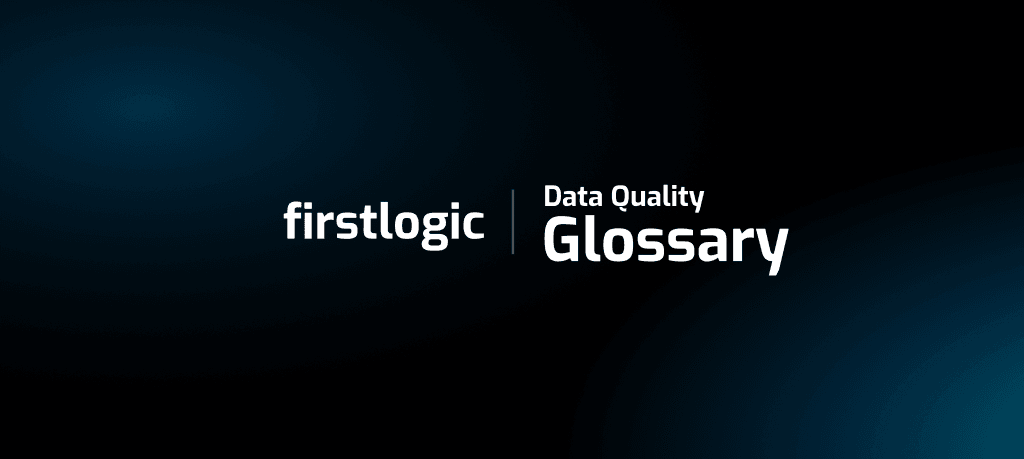Block Groups take the data granularity a step further than Census Tracts. As subdivisions of Census Tracts, they typically encompass clusters of contiguous census blocks. With population totals ranging between 600 and 3,000 people, Block Groups enable a closer look at the character of specific neighborhoods. Whether you’re planning social programs or evaluating a site for a new retail concept, understanding Block Groups is crucial for localized insight.
Below, we explore the fundamentals of Block Groups, why they matter, and how their data fields can be effectively utilized.
What Are Block Groups?
-
Definition & Scale:
A Block Group is a collection of related census blocks—often following roads or natural features—that together provide a small but cohesive snapshot of a community. -
Unique Codes:
Each Block Group can be identified by a code that combines the corresponding Census Tract’s number with an additional digit or letter, ensuring a hierarchical link back to the tract. -
Population Range:
With a recommended population of 600 to 3,000, Block Groups enable a level of detail often ideal for hyper-local analysis.
Why They Matter
-
Hyper-Local Accuracy:
While Census Tracts offer valuable insights, they can still be relatively large. Block Groups break these areas down further, revealing hidden differences in income levels, housing stock, or other vital statistics. -
Neighborhood-Level Planning:
Community development organizations frequently rely on Block Groups to pinpoint infrastructure improvements or social services. This small-scale data can show, for example, that one corner of a tract has a significantly higher rate of homeownership or a greater need for public health interventions. -
Custom Analysis & Targeting:
Block Group data is particularly helpful for businesses engaging in targeted marketing, where understanding subtle demographic variations can spell the difference between an effective campaign and wasted effort.
How Block Group Fields Are Used
-
Community Assessments & Grants:
Nonprofits and government agencies use Block Group data to apply for funding or grants that aim to address local challenges. By showing precise statistics at this finer level, proposals can highlight exact areas of need. -
Real Estate & Development:
Investors, realtors, and property managers leverage Block Group data (e.g., median household income, housing occupancy rates, and educational attainment) to gauge neighborhood trends and forecast property values. -
Infrastructure & Public Works:
City planners can decide where to invest in new sidewalks, street lighting, or broadband expansion by examining population densities and growth patterns within each Block Group. -
Retail & Service Optimization:
Businesses looking to expand often employ small-area analysis to figure out the best sites for new stores, tailoring product mixes to meet hyper-local consumer needs.
Relationship with Census Tracts
Block Groups fits entirely within their respective Census Tract, and a Census Tract typically contains multiple Block Groups. This nesting structure makes it easier to roll up small-scale data into a broader tract-level overview. If a Census Tract is the canvas, the Block Groups are the brush strokes, allowing a more textured, detailed picture of community conditions and demographics.
How to Access Block Group Data
Like Census Tracts, Block Groups are part of the decennial census process and related surveys such as the American Community Survey (ACS). You can search data.census.gov by Block Group, filter on specific variables, and even visualize certain statistics on maps. Several commercial data vendors also incorporate Block Group boundaries and statistics into their mapping applications, dashboards, or API services.
About Firstlogic
Firstlogic specializes in address verification and data quality solutions, providing marketing agencies and enterprise businesses with the tools needed to maximize their data’s usefulness.
Block Group data is fully integrated into Firstlogic’s geocoding solution. By appending Block Group codes and corresponding demographic metrics to your addresses or location coordinates, you can perform highly nuanced analyses—whether that’s identifying pockets of potential customers, planning infrastructure, or tailoring community outreach.

Understanding Project US@: The Role of Address Verification in Standardized Health Data
Introduction In the evolving landscape of healthcare data, standardization plays a crucial role in improving interoperability, reducing errors, and enhancing patient care. Project US@ (pronounced “Project USA”) is a national standardization initiative aimed at creating a unified approach to capturing, storing, and sharing patient addresses across healthcare systems. One of the key components in meeting […]

A Business Guide to ISO 20022 Address Formats
The financial-messaging landscape is in the middle of a multi-year standards migration.
 Firstlogic Team
Firstlogic Team